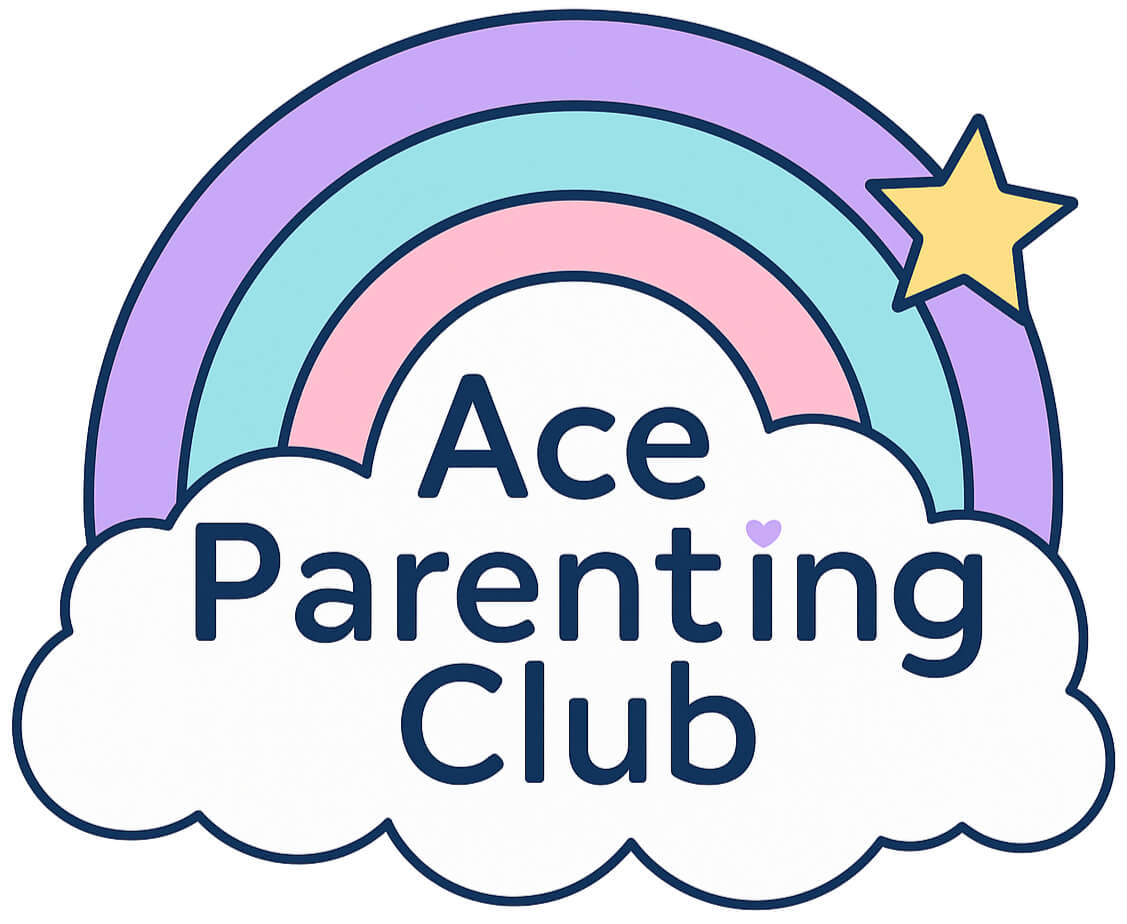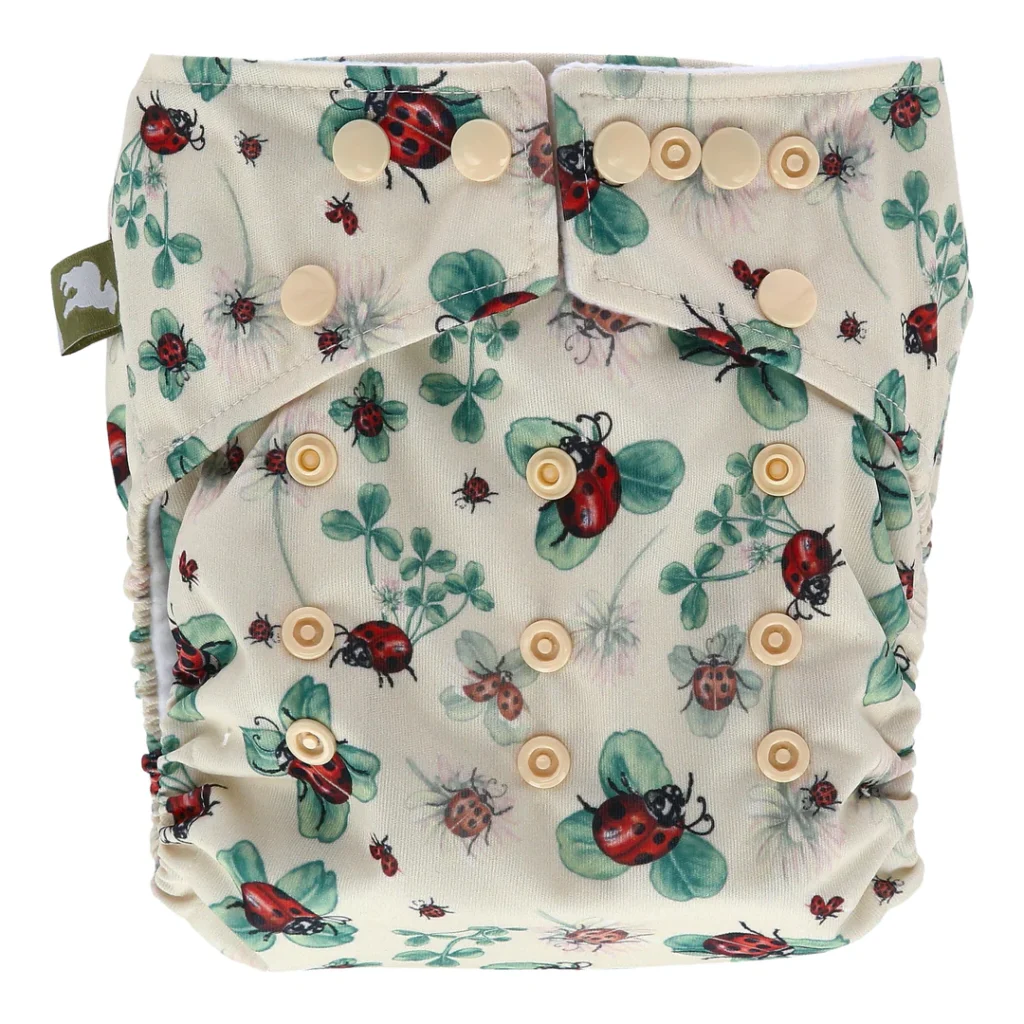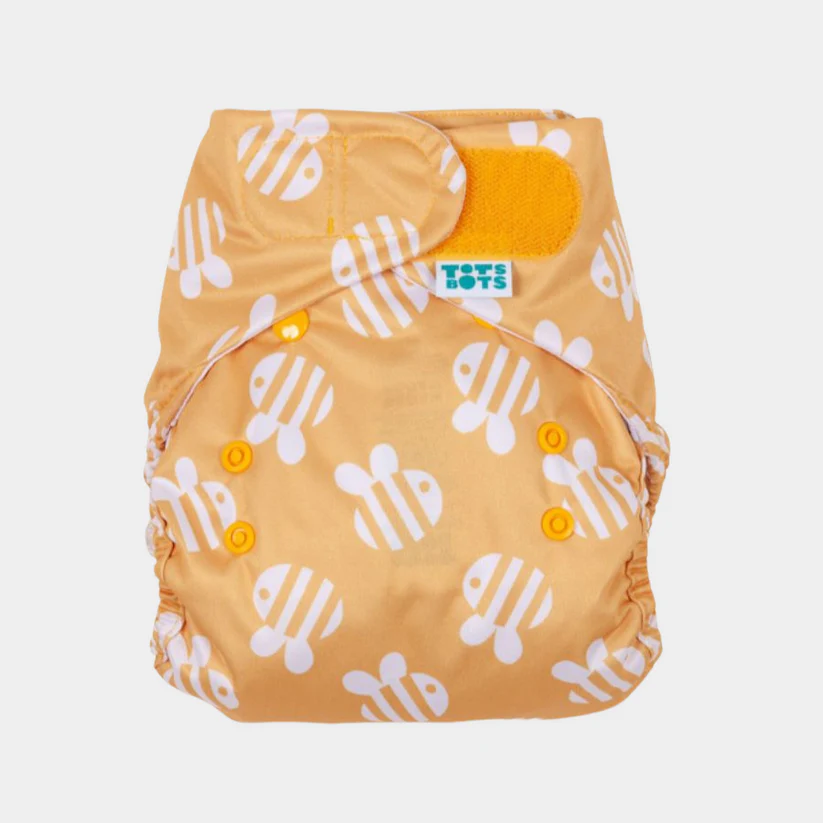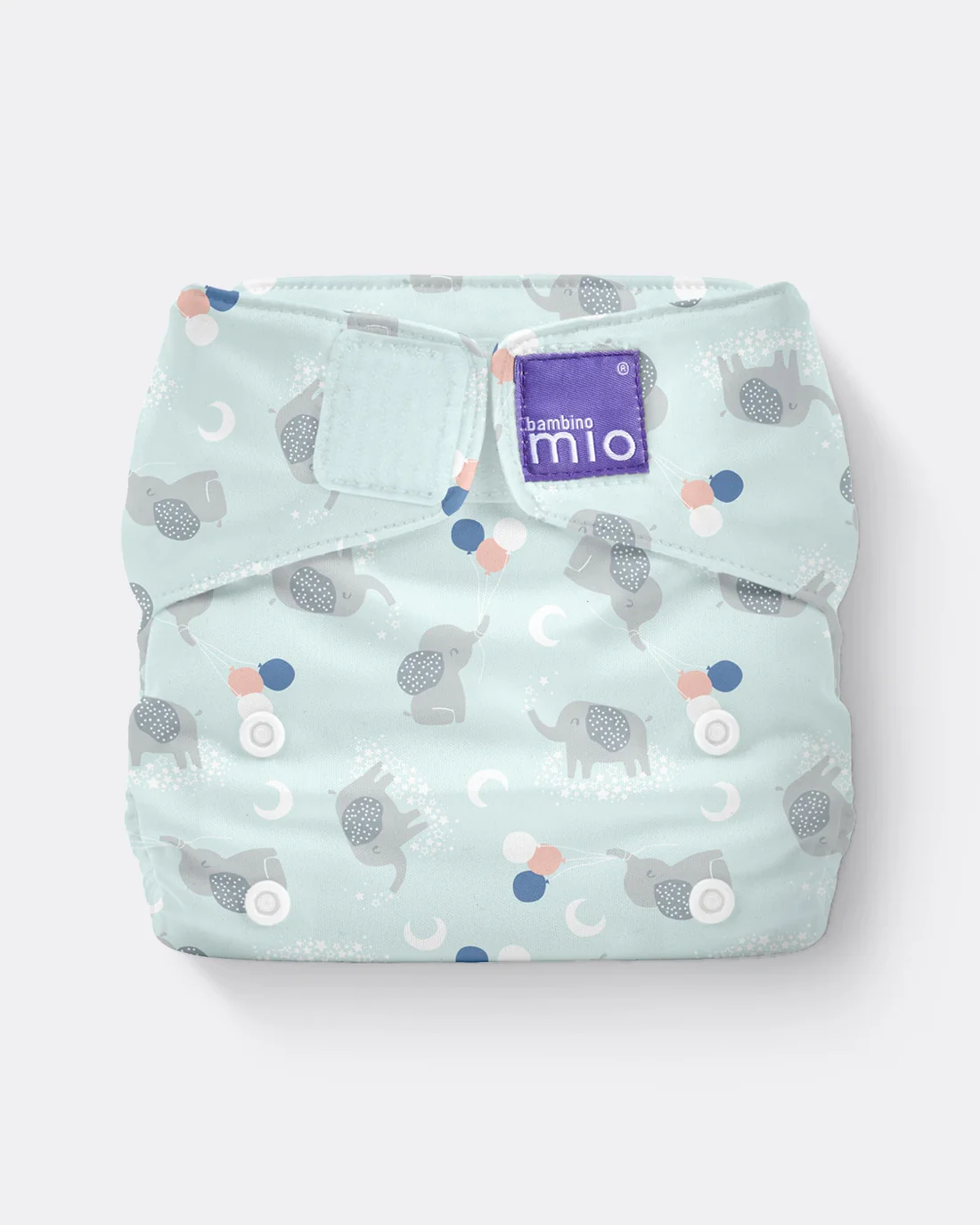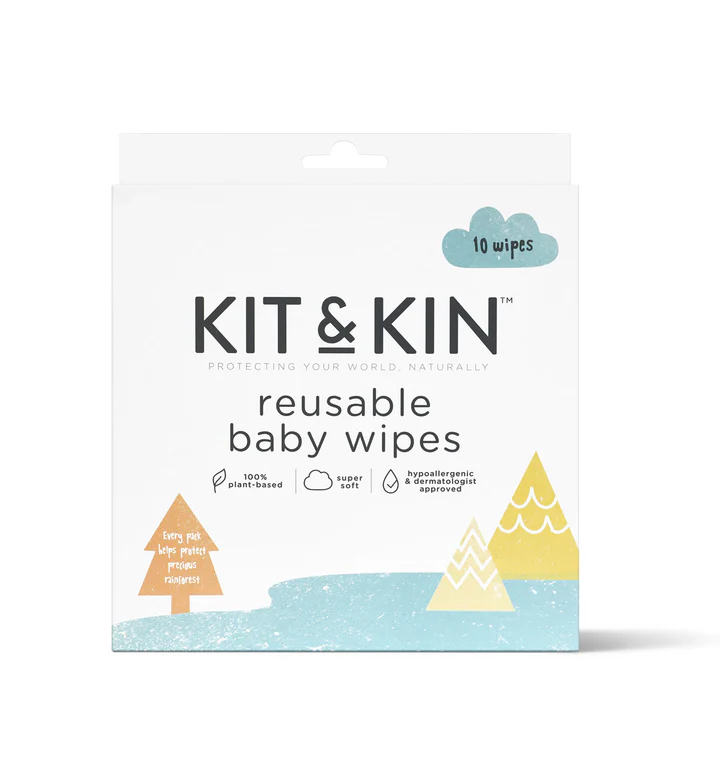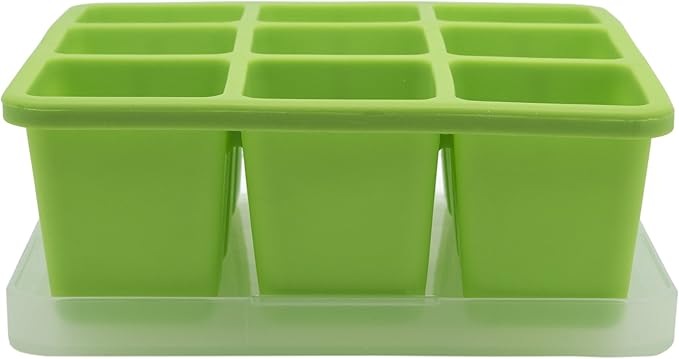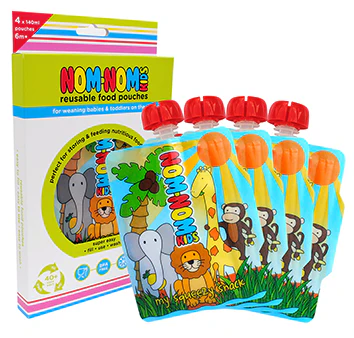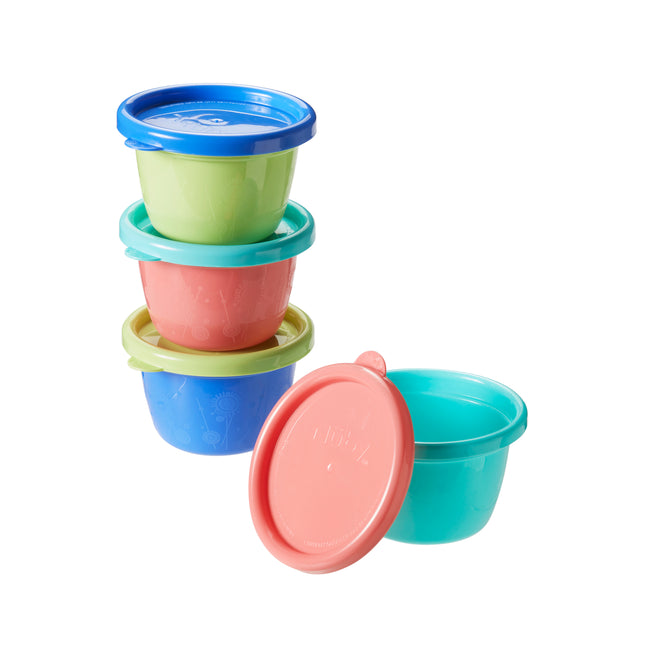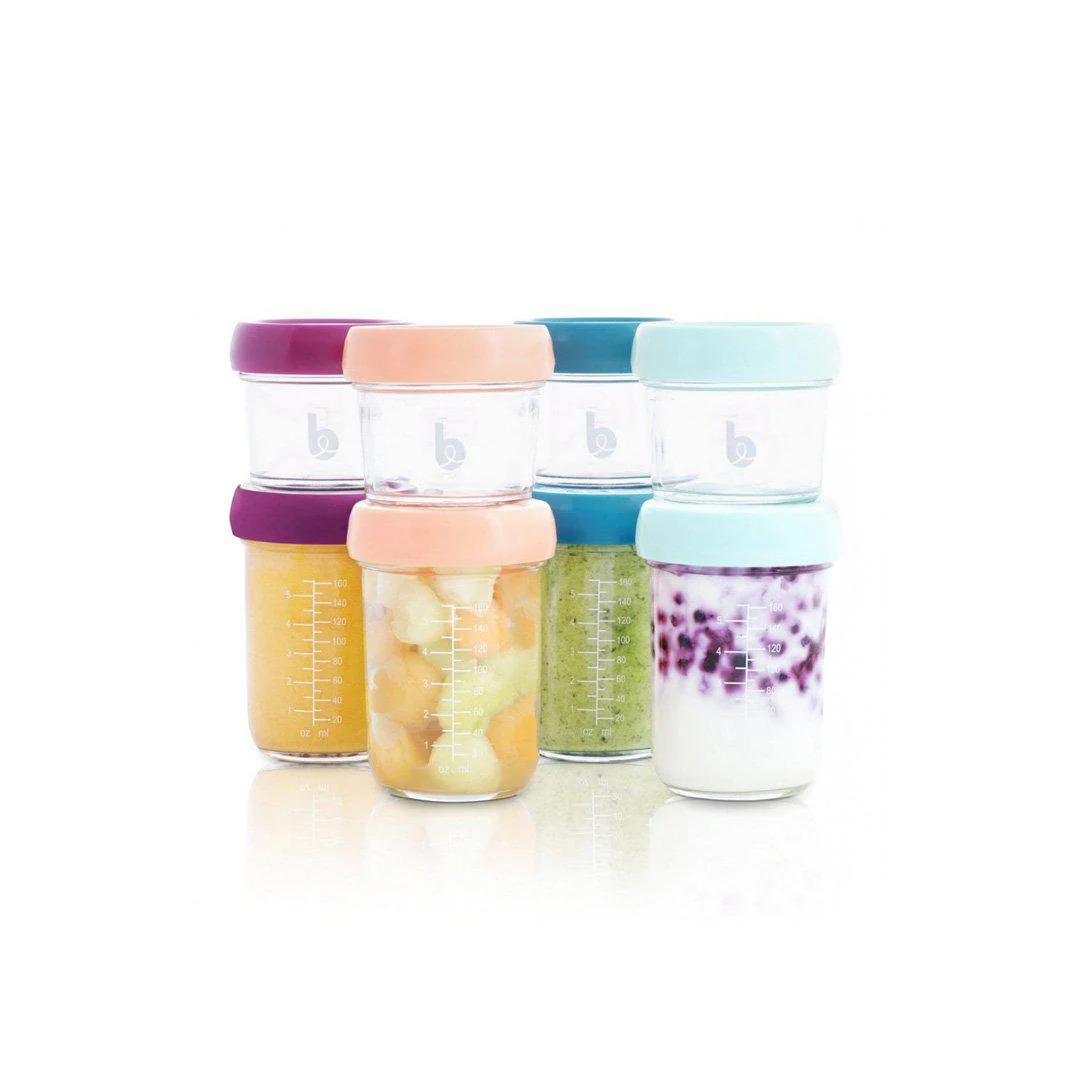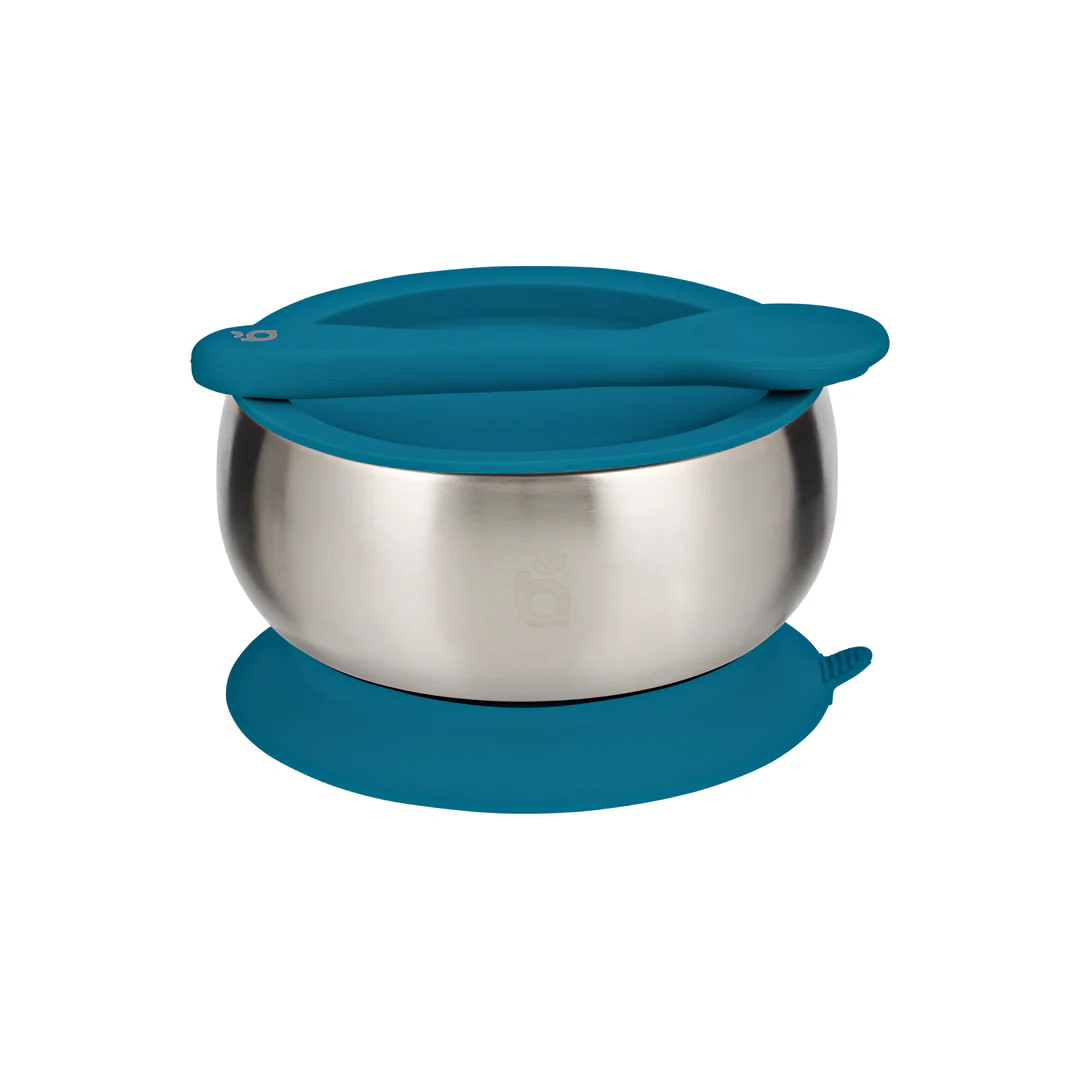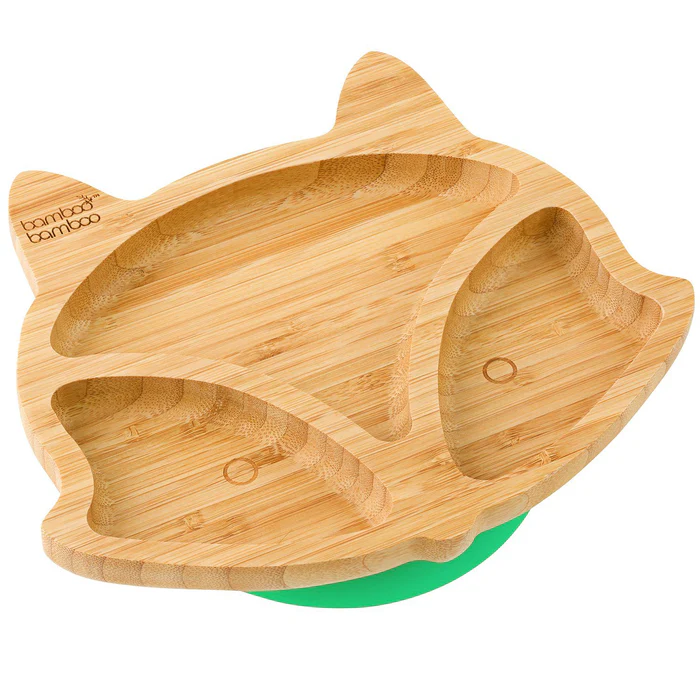If you’ve ever looked at the mountain of nappies, wipes, and baby packaging piling up and thought, “There must be a better way” you’re not alone. As parents of two young daughters, we’ve tried our fair share of eco-friendly swaps over the years. Some we stuck with, some we didn’t, and all of it came down to what was realistic for our family in that particular season of life.
This post isn’t here to make you feel guilty or like you’re not doing enough. It’s simply a look at five sustainable baby swaps we tried, loved (mostly), and would genuinely recommend — even if you only pick one.
1. Reusable Nappies
We researched cloth nappies for our eldest and went with bamboo nappies which we found worked well for us. They kept her rash free and we didn’t experience the dreaded poo leaks. The waste reduction was satisfying, and it felt like a very “together” thing to do. We continued using cloth nappies with our second child (same nappies – no additional cost) and whilst I was on Maternity leave this worked well again for us. However, when I returned to work the logistics of organising nappies for nursery and grandparents became to hard to handle. We continued to use at home but relied on disposables for nursery and grandparents.
Would we do it again? Yes even part-time. Because even a few cloth nappies a week saves dozens of disposables from landfill.
FAQs Parents Ask:
- Is it loads of work? Not really, once you’re in a rhythm. It’s just an extra wash every couple of days.
- Is it gross? Honestly, not as bad as you think. Liners make clean-up easier, and modern cloth nappies go straight in the machine.
You don’t need a full set right away. Try 4 – 6 to start with and see how you go.
Little Lamb recommend their onesize pocket nappy for daytime use because it fits like a disposable, is slim and easy to use, and dries quickly after washing. You can customise a pocket nappy’s absorbency by adding more boosters.
A versatile bamboo nappy, tailored to fit newborns through to heavy wetters. Ideal for nighttime use with a stay-dry layer. Transition smoothly to training pants as baby progresses. The H.E.R.O fits from 3,5kg-16kg.
Onesize Fits from baby to toddler. Adjust the size of the nappy using the fastenings to suit the shape of your baby. Safe and gentle. No toxic chemicals or nasty materials. We only do kind and gentle.
2. Reusable Wipes
If cloth nappies sound like too much, this is your gateway eco swap. We started with reusable wipes and genuinely never looked back. They clean better than disposables (one cloth wipe = five soggy throwaways), and they’re softer on your baby’s skin.
Plus, there’s something weirdly satisfying about a stack of clean wipes in a little box.
FAQs Parents Ask:
- Do you need to wash them separately? Nope, they can go in with the cloth nappies or any baby laundry.
- Do they smell weird? Not if you rinse and wash regularly. Some parents even add a drop of essential oil to the storage box (lavender and chamomile are lovely).
These are brilliant for sticky hands, mealtime messes, and even wiping down toys.
Brilliant for baby skin, including bottom and faces and hands. These wipes can also be used with water, or essential oil blends or natural wipes wash.
Made from 100% plant-based materials, our super soft reusable wipes are extra kind on baby’s bottom and are conscious of our planet. Simply dampen with water for the gentlest clean.
3. Cutting Down Food Packaging
When we started weaning, I was shocked at how quickly pouches and plastic pots stacked up in the bin. Making everything from scratch wasn’t always possible (we’re parents, not professional chefs), but we found a rhythm with simple batch-cooking, reusable pots, and the odd pouch on a tough day. Also avoiding individually wrapped snack as they add a lot of unnecessary plastic.
FAQs Parents Ask:
- Do you need fancy gear? Nope, a hand blender, some ice cube trays, and a stash of small containers will do.
- What if I don’t have time to batch cook? You can freeze small portions of whatever you’re cooking for the rest of the family — baby-friendly curries, stews, veggies.
If you’re using pouches, look for brands that offer a recycling scheme like Ella’s Kitchen’s TerraCycle partnership.
NUK Food Cube Tray with Lid for Freezing Baby Food | 6 Months+ | Dishwasher Safe | BPA Free
Each reusable pouch holds up to 140ml/4.5oz of thick liquid food (i.e. purees, yogurts, puddings).
These brightly coloured food pots with lids are ideal for storing food & snacks or delicious homemade food for your baby.
The babymoov Glass Babybols Food Storage Multiset provides a healthy and easy way to store your little one’s meals.
4. Silicone & Bamboo Feeding Gear
As first time parents we were excited when it came to weaning and invested in some bamboo bowls. These were still going strong by baby number two and had not been stained orange like their plastic counterparts. A slightly bigger initial cost but not one that we have had to repeat as you might have to with plastic. We invested in a few solid silicone and bamboo bits and they have lasted through the chaos.
FAQs Parents Ask:
- Is bamboo safe? Yes as long as it’s BPA-free and treated properly. Look for quality brands.
- Do they survive toddler tantrums? The silicone ones, definitely. Bamboo needs a bit more TLC (hand washing, no microwaving).
- Do they stain? The silicone and stainless steel are very difficult to stain.
Buy fewer but better. You don’t need a cupboard full of plates — just a few that you love.
Encourage feeding independence and confidence with a stay-put silicone suction bowl designed specifically to support scooping and cutlery control.
The bowl that stays. From the first taste to family snacks, The Keeper is built to last – and loved for just as long. Crafted from 18/8 stainless steel
The compartments on this cute fox plate are perfect for dividing different foods and allow for easy scooping. No mess thanks to top-notch suction which clings to the kiddie tray.
5. Sustainable Baby Clothes
We all know babies grow faster than you can keep up. With our first, we ended up with piles of clothes she barely wore. By our second, we were wiser: we invested in fewer, better bits, bought secondhand, and passed things on. It saved money, space, and guilt.
FAQs Parents Ask:
- Is organic clothing worth it? If your budget allows, yes as it’s softer, gentler on skin, and kinder to the planet. But secondhand is just as sustainable (and often cheaper).
- What if I can’t afford eco brands? Facebook groups, charity shops, Vinted are goldmines.
Keep a small drawer for “next size up” bits so you’re never caught short when a growth spurt hits overnight.
Join the community of parents who’ve unlocked this secret hack… dress your little one in the best quality styles whilst being kind to your purse, your home and your planet.
Durable, sustainable clothing designed for adventure and made to last. That’s what we do. Made with care, crafted from gentle fabrics and created with kindness.
Our Final Thoughts
If you’ve read this thinking, “I’d love to do more, but I can barely keep the washing up under control” — we understand. Parenting is hard. Sustainable parenting isn’t about getting it perfect — it’s about making one small swap, and then maybe another.
We didn’t do everything all the time, but we did something. And honestly? That’s all you can do.
